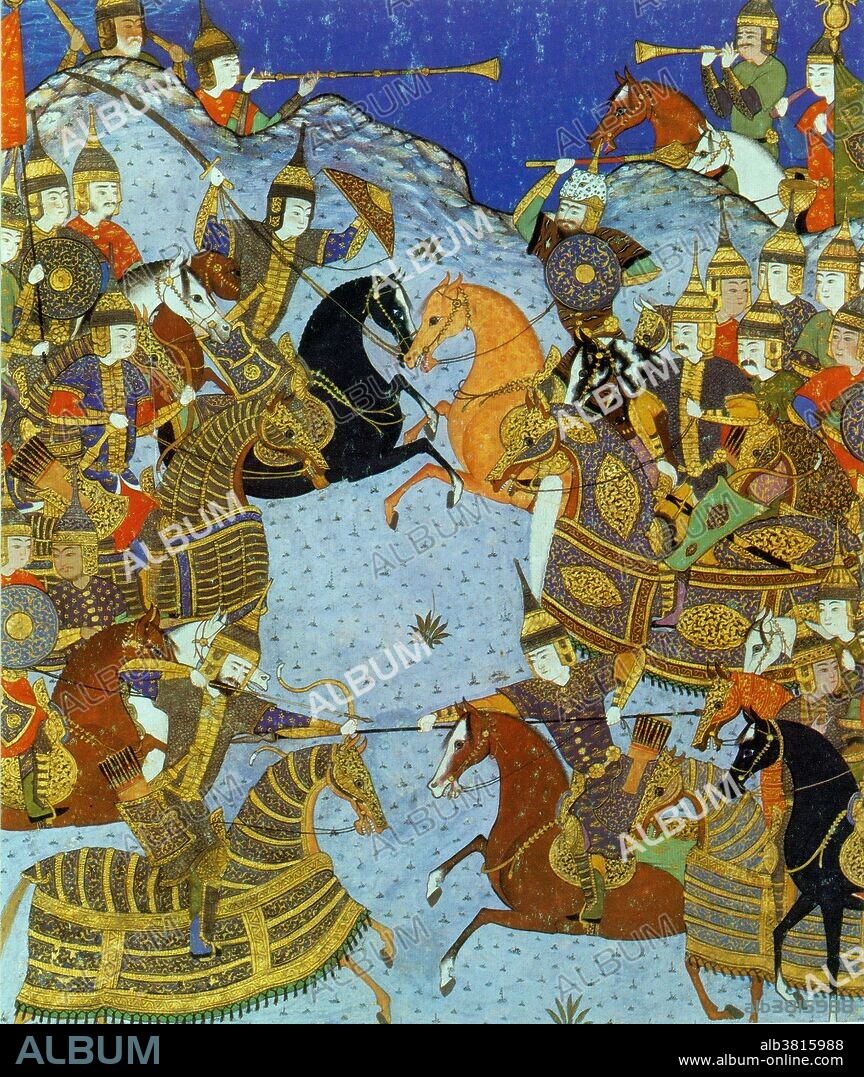alb3815988
Shahnameh, National Epic of Greater Iran

|
Zu einem anderen Lightbox hinzufügen |
|
Zu einem anderen Lightbox hinzufügen |



Haben Sie bereits ein Konto? Anmelden
Sie haben kein Konto? Registrieren
Dieses Bild kaufen

Titel:
Shahnameh, National Epic of Greater Iran
Untertitel:
Siehe automatische Übersetzung
The Shahnameh, also transliterated as Shahnama (The Book of Kings), is a long epic poem written by the Persian poet Ferdowsi between 977 and 1010 AD and is the national epic of Greater Iran. Consisting of some 50,000 couplets, the Shahnameh is the world's longest epic poem written by a single poet. It tells mainly the mythical and to some extent the historical past of the Persian Empire from the creation of the world until the Islamic conquest of Persia in the 7th century. Modern Iran, Azerbaijan, Afghanistan and the greater region influenced by the Persian culture (such as Georgia, Armenia, Turkey and Dagestan) celebrate this national epic. The work is of central importance in Persian culture, regarded as a literary masterpiece, and definitive of the ethno-national cultural identity of modern-day Iran, Afghanistan and Tajikistan. It is also important to the contemporary adherents of Zoroastrianism, in that it traces the historical links between the beginnings of the religion with the death of the last Sassanid ruler of Persia during the Muslim conquest and an end to the Zoroastrian influence in Iran.
Persönlichkeiten:
Bildnachweis:
Album / NYPL/Science Source
Freigaben (Releases):
Model: Nein - Eigentum: Nein
Rechtefragen?
Rechtefragen?
Bildgröße:
3418 x 4050 px | 39.6 MB
Druckgröße:
28.9 x 34.3 cm | 11.4 x 13.5 in (300 dpi)
Schlüsselwörter:
 Pinterest
Pinterest Twitter
Twitter Facebook
Facebook Link kopieren
Link kopieren Email
Email
